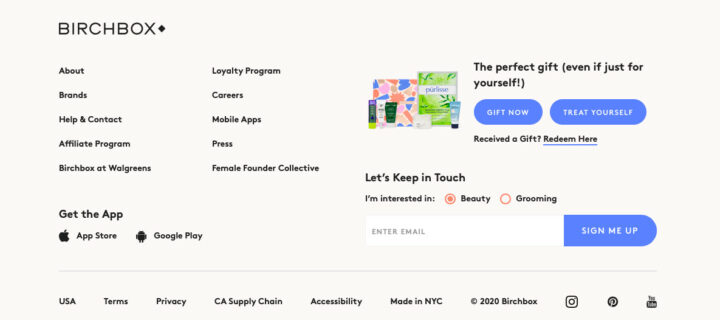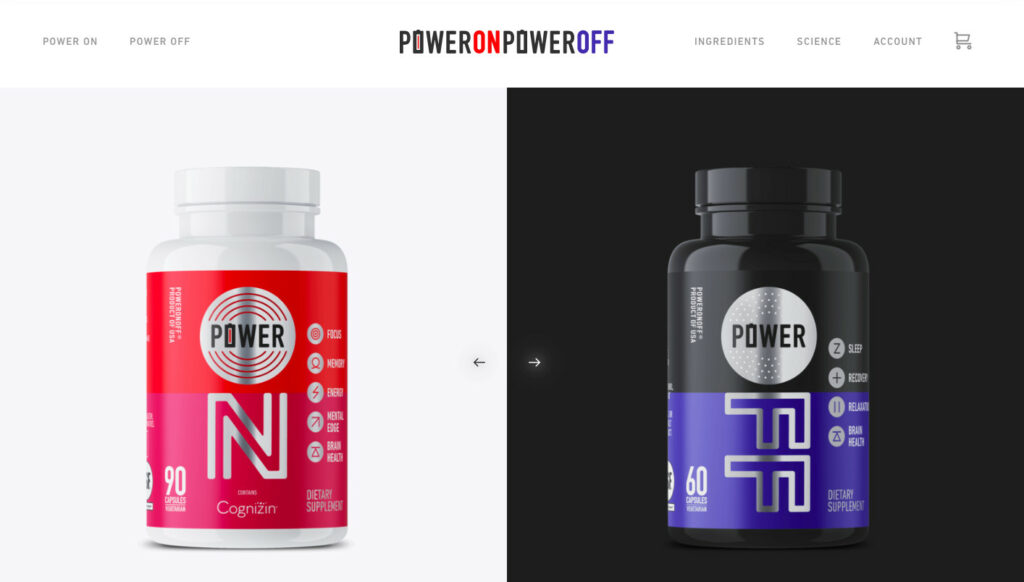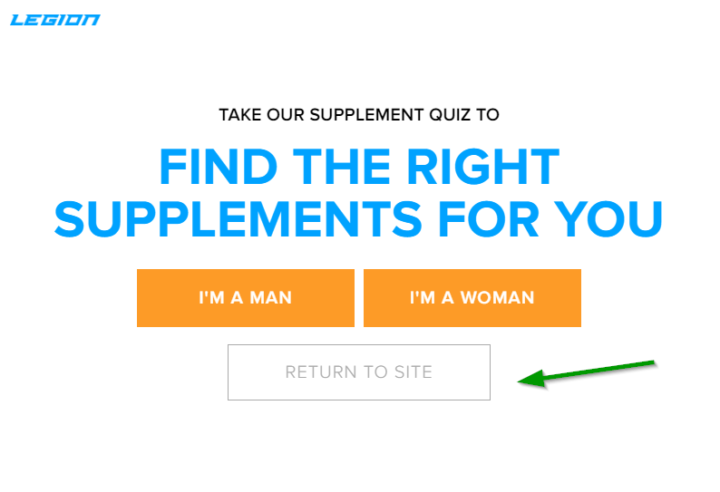
Ecommerce has become an essential aspect of modern-day living. Shopping countless products without leaving our homes (especially during the Coronavirus outbreak) is not a privilege anymore; it is the norm.
Research states the global eCommerce market is expected to be worth $24.3 trillion, growing at a CAGR of 11.1% from 2018-2025. This meteoric rise is driven by multiple factors such as internet penetration and technological advances like big data.
With more than 1.3 million eCommerce websites in the US alone, it is safe to conclude the competition is fierce. “Free shipping” or “one-step checkout” is hardly a value proposition for consumers anymore. Foster customer loyalty is rather challenging!
So, how can you boost your eCommerce site’s conversions? You can do so, by implementing the following six web design practices from e-commerce CRO agency Conversionrate.store, that are, unfortunately, ignored frequently:
1. Use bullet points to write product descriptions
Now, it is obvious to wonder how a specific format of writing product descriptions influences online sales. Imagine reading a 100-200-word copy on a product page as shared below:
It is clear that no one bothered to edit the information into a single, cohesive copy with proper punctuation. The description lacks basic formatting and reads as if someone has merely copy-pasted these sentences from different sources. As a result, the narrative is hard to read and looks unprofessional!
Now, let’s analyze the product description as shared below for a pair of Sperry shoes from Zappos:
The copy layout looks neat and clean and brings the focus on all qualities or features of the product. It is hard for potential customers not to get hooked to this. The product descriptions should be able to engage your potential customers. Otherwise, they won’t convert!
2. Re-evaluate your homepage
Did you know your eCommerce site has 0.05 seconds to impress its visitors? So, if your web design is boring or dull, your site’s bounce rate will be high. Therefore, re-invest in design and consider hiring an Atlanta web design company.
For starters, provide a clear value proposition. Let us take Birchbox.com as an example. Not only do they have a clear and visible logo, but also they boldly state they offer the best way to shop for beauty and grooming items.
As you scroll down the homepage, you will find their pricing models. Since Birchbox.com runs on a subscription-based model, that is essential info for potential customers. After their pricing is the process to get started, followed by testimonials.
Their footer section is also worth a mention. It consists of all the critical links within the website, social media icons, T&Cs, a separate page on web accessibility, and an option to sign up for their newsletter.
If you have a marketplace model like Amazon, you could also include a section on best-selling products, so that your visitors know straight away what you are offering them. Alternatively, you can also use a customer’s browsing history to showcase they have previously shown interest in or added to the cart.
Keep your niche at the core and come up with 2-3 approaches that will work for you. People have a fixed idea about what an eCommerce site looks like. If you go for unconventional layouts, people are less likely to like them. Thus, be conventional.
3. Use imagery across the site judiciously
Excellent imagery of the products you sell is vital as 80% of consumers remember what they see, and 20% of them never forget they read on a website.
Therefore, it is vital to have high-quality photos of your products, covering all angles and details, preferably with a zoom function. You have to work twice as hard to make them come alive as it is not possible to try out products online.
Data shows only 16% of visitors go through the entire webpage and read it word-for-word. That means your images can make an impact on a customer’s understanding of your offering.
4. Optimize your site for mobile
As an increasing number of consumers interact with brands on their smartphones, your eCommerce site design must be mobile-responsive. Make sure your product images can adjust visually from desktop to mobile widths.
Please don’t spam the mobile site with popups as they only act as a distraction on the small screen. It is also important to note the unreliable nature of the phone data. Therefore, compress the image size to load quickly, irrespective of the consumer’s internet speed.
If your desktop homepage is long, shorten it and cut down on the visuals for a better mobile browsing experience. Ensure a one-touch mobile payment option and optimized checkouts to reduce abandoned carts and give mobile customers subliminal shopping experience.
5. Improvise your site navigation
While the imagery, text, and colors are essential elements to focus on, one can’t ignore site navigation. Your customers need to get to other pages easily and quickly. According to a Baymard study, poor site navigation leads site visitors to false conclusions.
Thus, your homepage navigation should be clear and straightforward. SoYoung, an eCommerce lunch bag seller, is a fantastic example. They have a specific button in the main header dedicated to “Search,” for visitors to discover quickly. Moreover, shoppers that use site search are 3X more likely to complete a purchase.
Also, please remember that site’s search bar must be present on all pages and not just the homepage. Don’t make your visitors work. Make their browsing experience on your eCommerce site smooth.
Besides, if you have a dropdown of your categories and sub-categories, it should be clear and easy-to-follow. SoYoung has designed this part well.
In addition, you also need to add breadcrumbs to the site as they tell you where your current webpage falls in the site’s navigation. If your potential customers want to click back to a previous page, they can do so hassle-free.
6. Ensure a sufficient use of color contrast
Contrast helps certain eCommerce site elements stand out from the rest. If you want your website visitors to act on an offer (possibly, convert), make sure your homepage hero banner uses contrast. PowerOnPowerOff does it brilliantly while showcasing its two products, one for day-time and the other for nighttime, to increase productivity and sleep better.
Another example is of the exit popup for Legion Athletics. The goal is to get the visitors to click on either of the two orange CTAs. Of course, there is an option to return to the site, but it is gray and white – a steep contrast to the blue-and-orange combination.
This subtle trick can help boost conversions. Therefore, choose your color combinations wisely. Stay clear of gaudy contrasts like pink and red.
Summing it up
These tips mentioned above may sound obvious, but most eCommerce sites often ignore these web design practices. So, before you start making random changes to your site, do a thorough audit and make a note of the elements that need to be fixed or added. Properly revamping your eCommerce site can do wonders for you.











